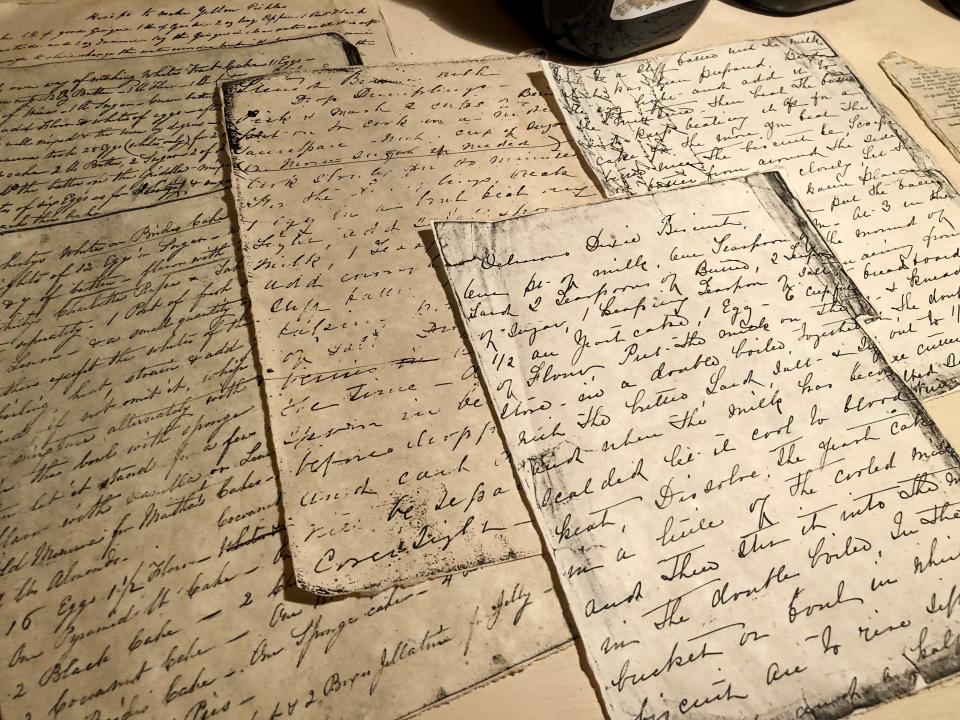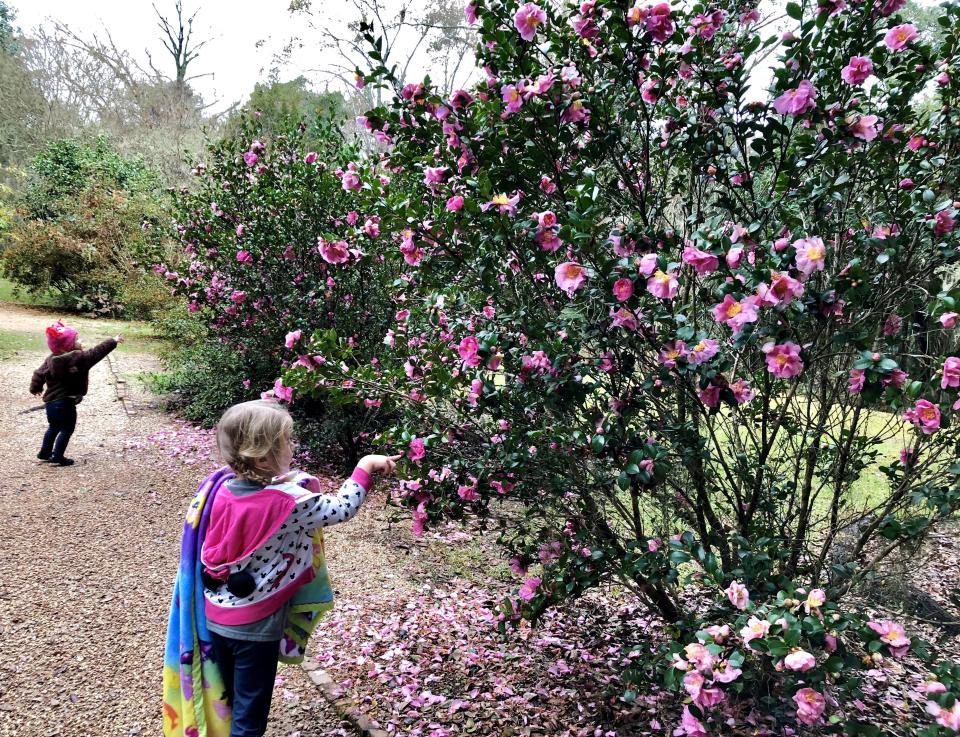Master Gardener: Touring Rosedown Plantation

During my recent visit to my son’s home in Louisiana we toured a Southern plantation called Rosedown in St. Francisville, Louisiana, near New Orleans.
The beginning gardens were taken care of by its owner Martha Turnbull (1809 to 1898). She had written a diary from 1836 to 1894. It tells most broadly and convincingly the story of American horticulture as it played out in the Gulf South region through the 19th century. Martha recorded daily the gardening events of the plantation. Such writings as, “I am putting manure on the grass in the Avenue,” and “Quite a hard rain all day so they put the Greenhouse in good order.”

Her diary tells in painstaking detail what it was like to live during that time before, during, and after the Civil War. The nation’s political and economic turmoil effected every aspect of daily life — even life in the garden.
Plantation mistress knew gardening and horticulture
Martha was well versed in the art and science of gardening and horticulture. Working with the soil was as natural to her as eating and sleeping. It will remind us why we take refuge, health and personal satisfaction in the pastime of gardening. A person connects to nature when they turn the soil, compost, plant seeds, cultivate and produce food and flowers as it gives purpose to each day. She has detailed drawings of the gardens showing locations of significant elements. I took pictures of rosebush rows that I am sure are direct descendants of the original ones Martha planted.
A typical entry — Martha writes, “put down corn, peas, and cabbage.” In her next sentence, “Every two weeks sew (yes, she wrote sew) a few cabbage seeds until September.” For the next 11 months she only listed the tasks that should be done each month in almost almanac form. She left space for gardening chores to be completed during her absence. (I guess that was her "to do list"). In addition to garden planting, she kept track of the weather, to mourn her failures in the garden, and to celebrate her successes for the next generations to master.

Martha and Daniel were married in 1828 but didn’t start construction on their mansion or order plants for the garden till 1834. The first entry was dated Nov. 6, 1836, began to spade up — until this time our celery looked quite yellow. It appears that several pages are missing. Martha was already planting cuttings of roses and shrubs and eating celery and lettuce. The garden was being tended while she explained making cuttings of evergreen shrubs, including Cape Jessamine (gardenia), pittosporum (Pittosporum tobira), boxwood, myrtle, and roses. These plants were used to form border hedges as she was making pathways to the planting beds.
Plantation added an orchard in 1838
An orchard was planted in 1838. There was a greenhouse, a children’s garden, orange trees in containers, and vegetables in the “hot bed” in existence. There were tools listed with their uses, one being the asparagus fork. The forking of the asparagus bed was an annual, early spring task that ensured the new shoots would have easy access to sun, air, and water.
It is described, “for the purpose of digging or forking these beds, you should be provided with a proper fork, having three short tines, six to eight inches long, preferably flat, about an inch broad, and the ends of them rounded and blunt. In forking the beds be careful to loosen every part to a moderate depth but take great care not to go too deep to wound the crowns of the roots.”
Martha noted that peonies and dahlias were difficult to grow on the plantation because of the limited cold days. Peonies are no longer grown on the plantation.
March 12 — celery beginning to taste rancid, had asparagus to eat on the 16th, and beets also that were planted in October — planted all my spring seeds on the 16th and set out cabbage plants — wet spring. March 23rd — planted Princess English Peas — real spring day. April 14 — sheared our sheep (a flock of sheep would have been essential for the spinning of yarn to make wool; sheep were probably also used to keep grass areas in check before the widespread use of lawnmowers. And all hands picked it in 3 days, very rainy, trimmed wild Peach. During this period wild Peach is referred to as the Carolina cherry laurel, Prunus carolinia, a fast-growing evergreen native to the South.
18th Very cold and dry weather — Planted winter carrots, parsnips — salsify (a European biennial composite herb “Tragopogon porrifolius” with a long fusiform edible root) — beets — salsify will not come up. Dahlias blooming.May 6 a light shower and planted celery and winter cabbage it is the increase of the moon. Scientific techniques were promoted in horticultural literature. The first period of the nineteenth century was an increase of activity in plant exploration and importation, however lunar planting in the second half was described as an “Incongruous (unusual or different) superstition.” It is found that rural Louisiana still plant by the moon
From "The Garden Diary of Martha Turnbull, Mistress of Rosedown Plantation."
More to follow.
Susan La Fountaine is a Master Gardener with the Ohio State University Extension Offices in Sandusky and Ottawa Counties.
This article originally appeared on Fremont News-Messenger: Master Gardener: Touring Rosedown Plantation

